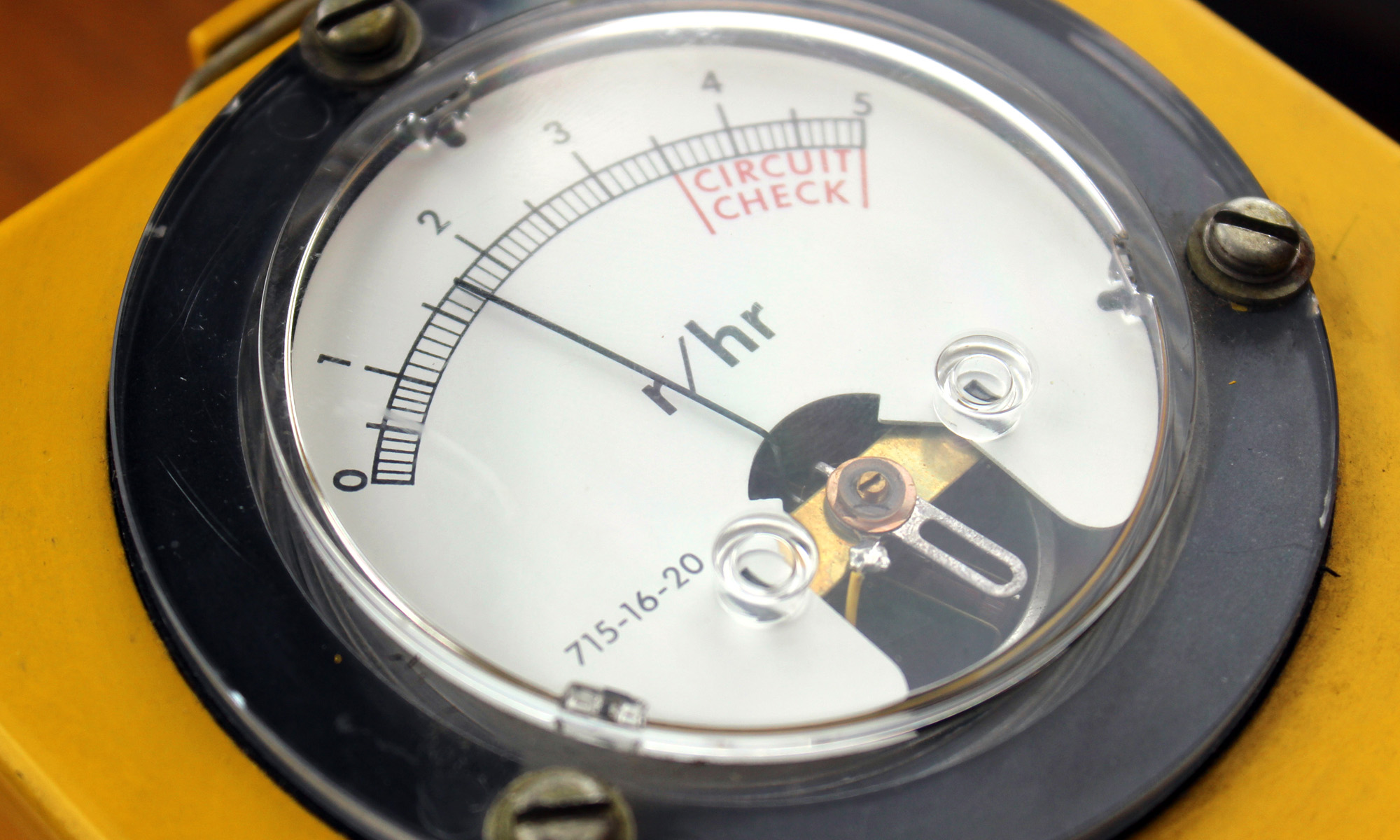Saber-rattling, ICBM tests, and tough-talk from Donald Trump and Kim Jong-un have resulted in an unusual amount of discussion about the possibilities of a nuclear attack against the United States. The Principal Investigators of the Reinventing Civil Defense Project have been featured in several national and international news stories about nuclear preparedness, nuclear fear, and nuclear salience.

Below is a sampling from last week’s press coverage:
Lizzie Johnson, “Can SF plan for surviving a North Korean nuclear strike?” San Francisco Chronicle (8 August 2017):
Public awareness is an important aspect of defense, said Alex Wellerstein, a nuclear weapons historian and assistant professor at the Stevens Institute of Technology in Hoboken, N.J. He recently started Reinventing Civil Defense, a nonprofit that seeks to renew public education efforts about nuclear threats.
The chances of North Korea being able to target San Francisco and score a direct hit are still low, because Pyongyang hasn’t tested whether its missiles can reliably carry the weight of a nuclear warhead, Wellerstein said. But a near-hit would be bad enough — a missile striking anywhere on the mainland U.S. would probably kill thousands.
“There are a few cities and counties that have tried to reach out to the public, but it is still very rare and somewhat idiosyncratic,” Wellerstein said. “Ventura County has been doing this for a few years now. … It has attracted some attention and some ridicule. Is this effective? I don’t know.”
Casey Tolan and Matthias Gafni, “North Korean threats make Bay Area ponder the unthinkable: a nuclear attack,” The Mercury News (9 August 2017):
Julie Pullen, a professor at Stevens Institute of Technology who studies civil defense issues, said dramatic headlines about North Korea provided a good chance for officials to spread the word about best practices in the unlikely event of an attack. “I don’t think this is an imminent threat,” Pullen said, “but it’s an opportunity for people to learn about nuclear weapons, particularly younger people who didn’t grow up in the Cold War.”
Robinson Meyer, “Nuclear Anxiety Returns to America,” The Atlantic (12 August 2017):
Kristyn Karl, a professor of political science at Stevens Institute of Technology, agreed that the public’s interest in nuclear weapons was way up—even if their understanding wasn’t. “The public is currently more aware of nuclear threats than they have been since the end of the Cold War,” she told me in an email.
That doesn’t mean they know much about them.
Americans flunk questions about basic nuclear security, Karl said, “such as identifying nuclear states, the scale of nuclear arsenals, etc.” Younger Americans also have little experience with nuclear weapons, especially compared with Baby Boomers.
Alex Wellerstein, a historian of nuclear weapons, also at the Stevens Institute, agreed that people seem more interested now. But he worries that they won’t stay that way once this crisis passes.
“It’s clear there is a sharp uptick of interest on nuclear questions,” he said in an email. “The question is, what kind of interest is it? Is it the kind of interest that will lead to a more sustained public interest on these topics? Or is it an ephemeral fear of the sort that comes and goes in a crisis?”

You must be logged in to post a comment.